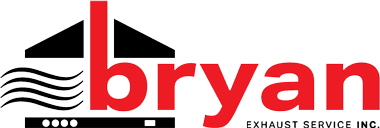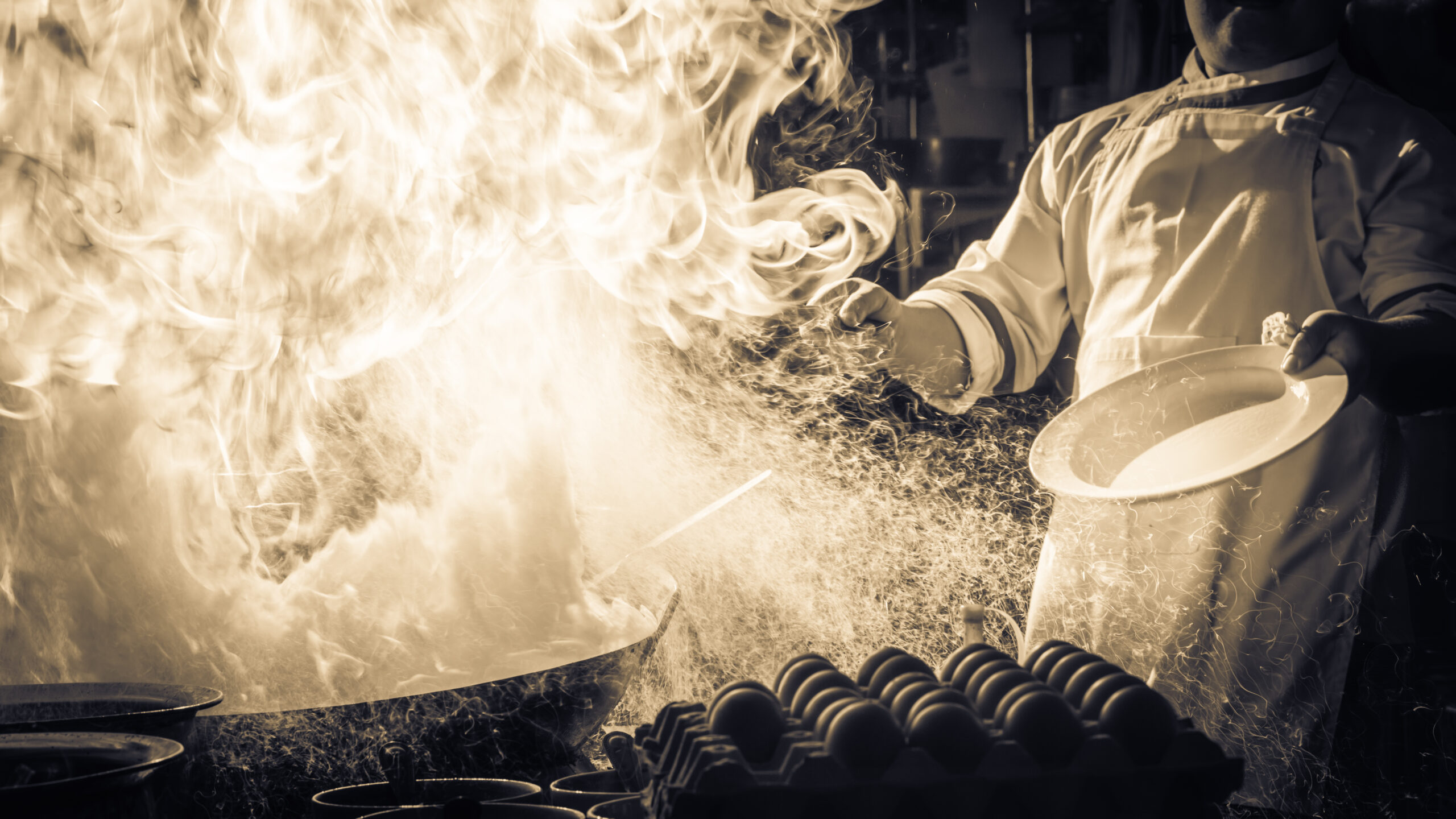How to Ensure Proper Ventilation in Your Commercial Kitchen
As any chef knows, the kitchen can be a hot, greasy, and uncomfortable place to work. Proper ventilation is essential to keep the environment safe and comfortable, not only for kitchen staff but for customers and visitors as well. Kitchen ventilation systems work by drawing hot, greasy air out of the kitchen and replacing it with fresh air. In this blog post, we’ll go over the fundamentals of kitchen ventilation, including exhaust loads, hood capture, fresh air replacement, and regular system cleanings.
Fresh Air Replacement: Keep the Air Flowing
All the air that exits the kitchen through the exhaust system must be replaced with fresh air. This can come from other parts of the building or from a swamp cooler. It’s vital to ensure that the amount of replacement air generated keeps pace with the amount of air exiting through the exhaust system. If not, the exhaust system will lose its ability to effectively remove greasy air, which can lead to a buildup of smoke and grease in the kitchen. A lack of fresh air can also make the kitchen environment hot, stuffy, and uncomfortable.
Exhaust Loads: Know Your Appliances
Cooking appliances generate different levels of exhaust loads, depending on their strength and the amount of smoke and grease they emit. Appliances can be categorized as light-, medium-, heavy-, or extra heavy-duty, depending on the level of thermal plume they produce when in use. It’s essential to know what kind of exhaust load your kitchen will be generating to ensure adequate ventilation. If your ventilation system is not designed to handle the amount of grease and smoke generated by your appliances, it can lead to a buildup of greasy air and create a dangerous fire hazard.
Hood Capture: Maximize Efficiency
The exhaust hood is the primary component of the ventilation system responsible for capturing the hot, greasy air that rises from cooking appliances. It’s crucial to maximize the hood’s efficiency to ensure that all the greasy air is directed into the exhaust system and not left lingering in the kitchen. This is accomplished by choosing the correct type, size, and height of exhaust hood for various types and placements of kitchen appliances. Additionally, installing side panels to block cross drafts that could push plumes out of alignment with the hood can help ensure maximum efficiency. By directing greasy air away from kitchen surfaces where it could become a fire hazard and into the ductwork where it can be contained and cleaned up later, you can keep your kitchen environment safe and comfortable.
Importance of Regular Maintenance for Your Kitchen Exhaust Fan
To ensure proper ventilation in your commercial kitchen, it is important to regularly maintain your exhaust fan. This includes checking the belts on the fan, cleaning the blades, and ensuring that it is functioning at maximum efficiency. It is also important to have your exhaust fan on a regular maintenance program to prevent potential breakdowns. Also to to catch any issues before they become major problems. By properly maintaining your exhaust fan, you can ensure that it is effectively drawing out hot, greasy air and replacing it with fresh air. This is vital for keeping your kitchen environment safe and comfortable.
Regular Cleanings: Vital for Maintenance
Regular kitchen exhaust hood cleanings and duct cleanings are vital for the proper maintenance of your kitchen ventilation system. Without cleanings, vaporized grease can accumulate on the inside of your exhaust hood and ductwork. Over time, this grease can create a significant fire hazard, potentially leading to costly property damage and downtime at your kitchen. Regular cleanings from professionals like Bryan Exhaust can help keep your kitchen safe and code-compliant. They offer foam cleaning for exhaust hoods and duct systems to ensure that your kitchen ventilation system is functioning correctly.
In conclusion, proper ventilation is essential to ensure a safe and comfortable environment in a commercial kitchen. By understanding the fundamentals of kitchen ventilation, including exhaust loads, hood capture, fresh air replacement, and regular cleanings and maintenance, you can keep your kitchen environment safe and comfortable for everyone. If you need assistance with your kitchen ventilation system, professionals like Bryan Exhaust can help ensure that your system is functioning correctly and safely.



